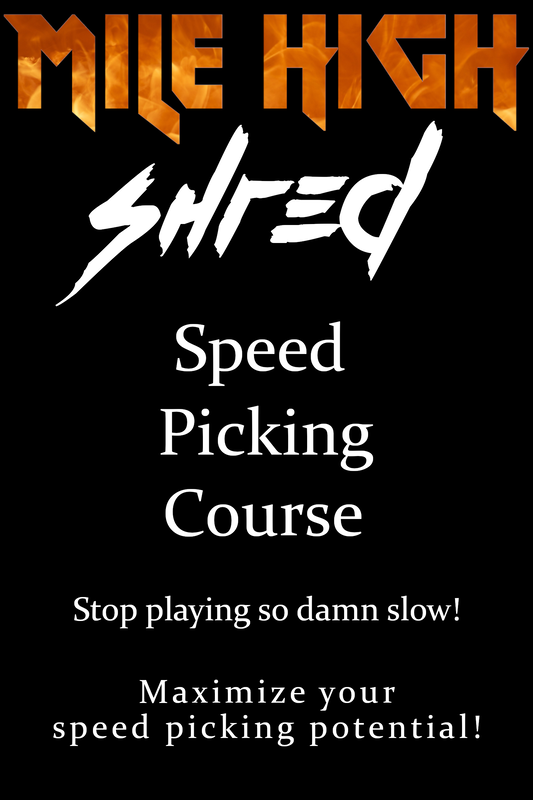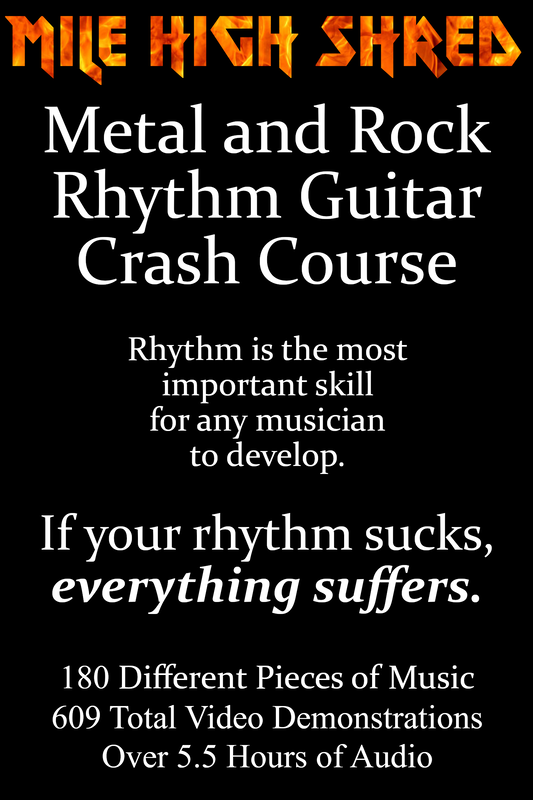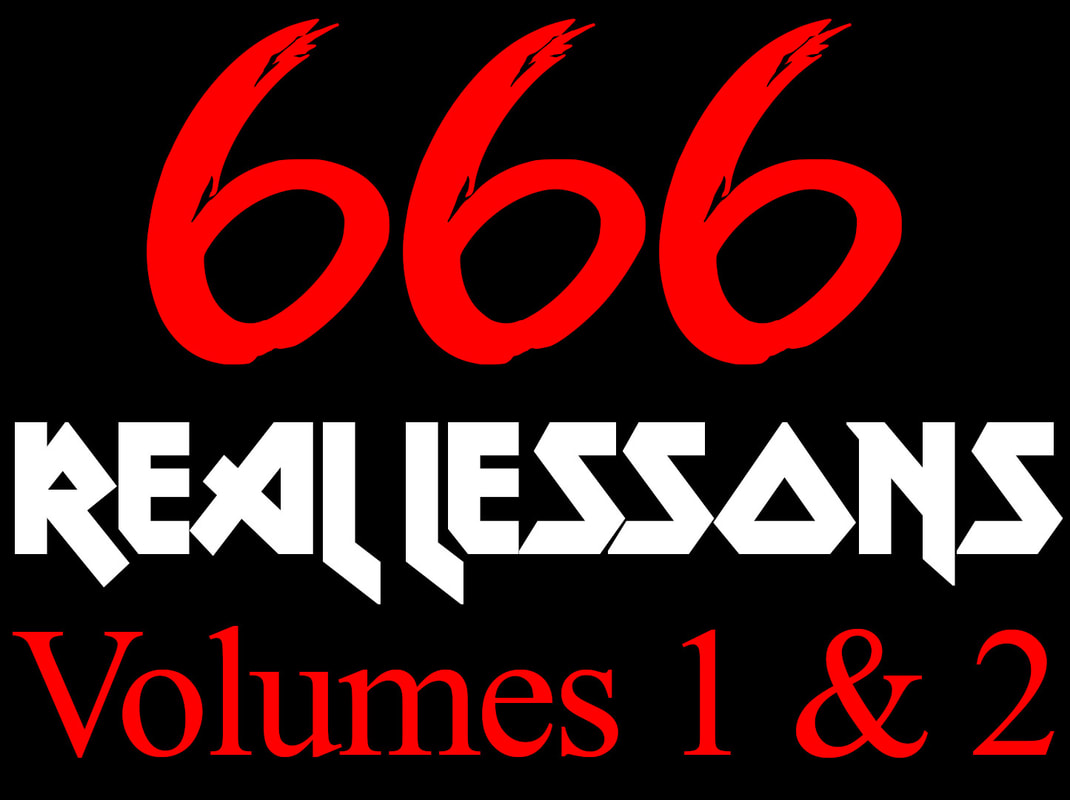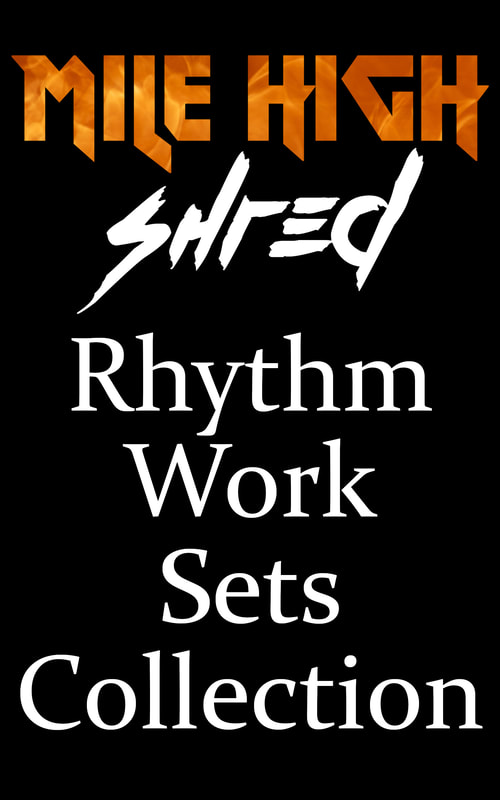|
Play music long enough, and you'll come across some chord progressions that occur in dozens, even hundreds of "different" songs.
Instead of playing the same basic open chords, you can utilize unusual sounding arpeggios over the chords to add something unique to make the song sound different from other songs using the same progression. Joel Hoekstra demonstrates some pretty cool examples in a lesson with Guitar World. A couple of things I'd like to address first (and yes, I am being VERY anal in what I'm about to say) 1) At 1:45, Joel names a chord C Maj9 add #11. I would argue that name is incorrect for that chord. Here's why:
There are other issues I take with some of the chord names listed in the tablature on Guitar World's site. If I get a comment asking what those issues are, I'll do a blog talking about it! Regardless of my little knit picks, there's still some pretty cool stuff in Joel's lesson. Check it out!
0 Comments
2nd intervals are pretty damn cool. They are most commonly heard in suspended 2nd chords. Well, that's at least where I typically seem to hear and see them being used.
Used correctly, 2nd intervals can add a very unique sound to what you're playing/writing. What is a 2nd interval? A 2nd interval is one whole step up from a root note. For example: the 2nd interval of G is A. A is one whole step above G (in other words, 2 frets higher). You can also have a flat 2nd interval, aka: minor 2nd. A flat 2nd interval is a half step above the root note. For example, the flat 2nd interval of B is C. C is one half step above B (in other words, 1 fret higher). Joel Hoekstra put together some really cool sounding exercises to help you get familiar with the sounds of 2nds. Here's the video lesson he did with Guitar World:
Tabs for this lesson can be found here: www.guitarworld.com/lessons-artist-lessons-rock/applying-second-intervals-arpeggiated-riff-ideas/29966
|
Available Instruction Courses
|
- Metal and Rock Guitar Lessons
- Reach Your Fastest Speeds
-
Menu
- Skype Lessons
- Sign Up for Skype Guitar Lessons
- Video Correspondence Lessons
- Sign Up for Video Correspondence Lessons
- FREE Lessons for a WEEK >
- Free Tabs
- Get TWO FREE eBooks
- Rates
- Instruction Courses >
- Video Feedback Lessons
- Contact
- Blog (LOTS of Free Lessons)
- Student Testimonies
- Backing Tracks
- Store
IN DEPTH
|
|





 RSS Feed
RSS Feed